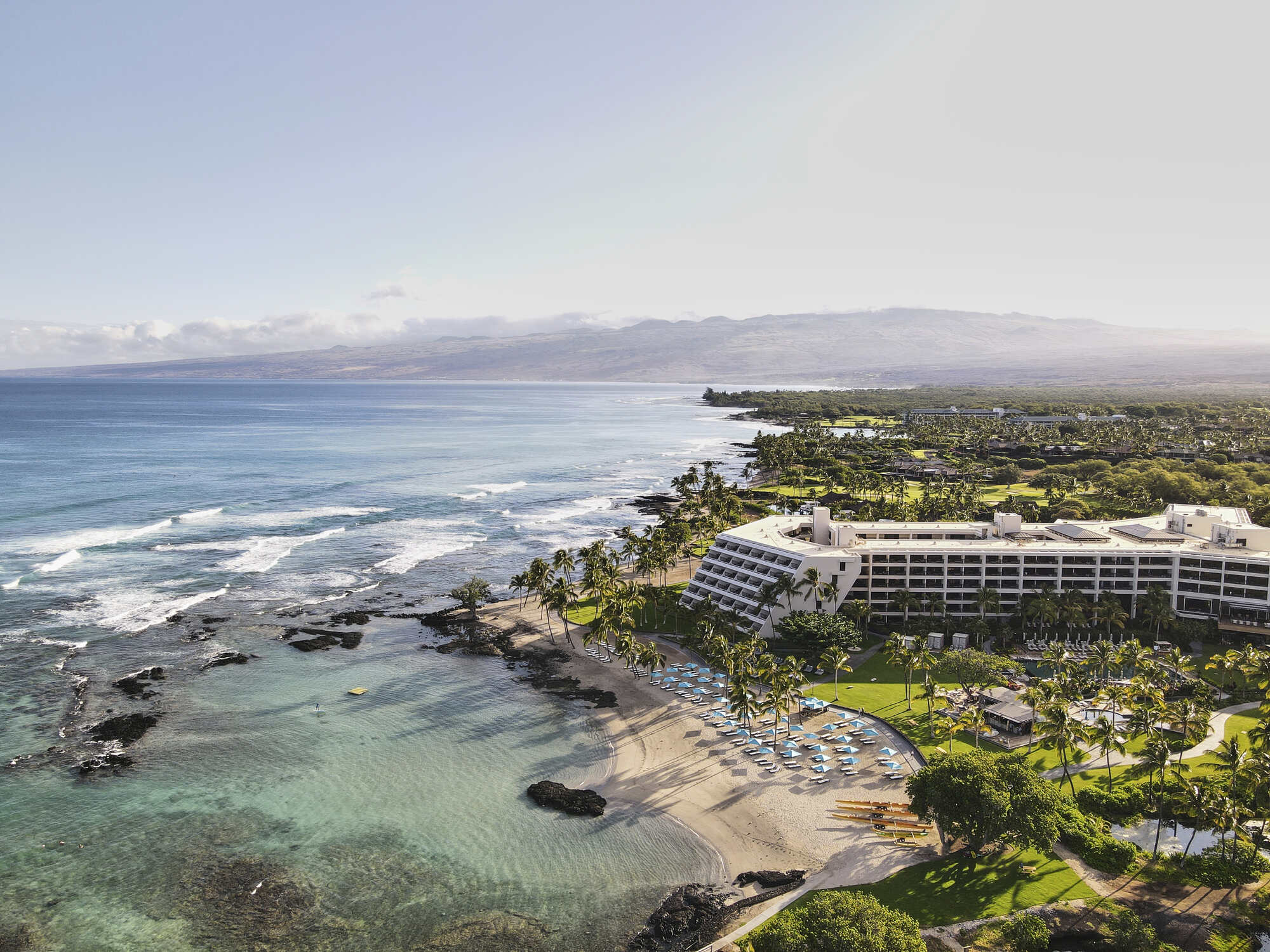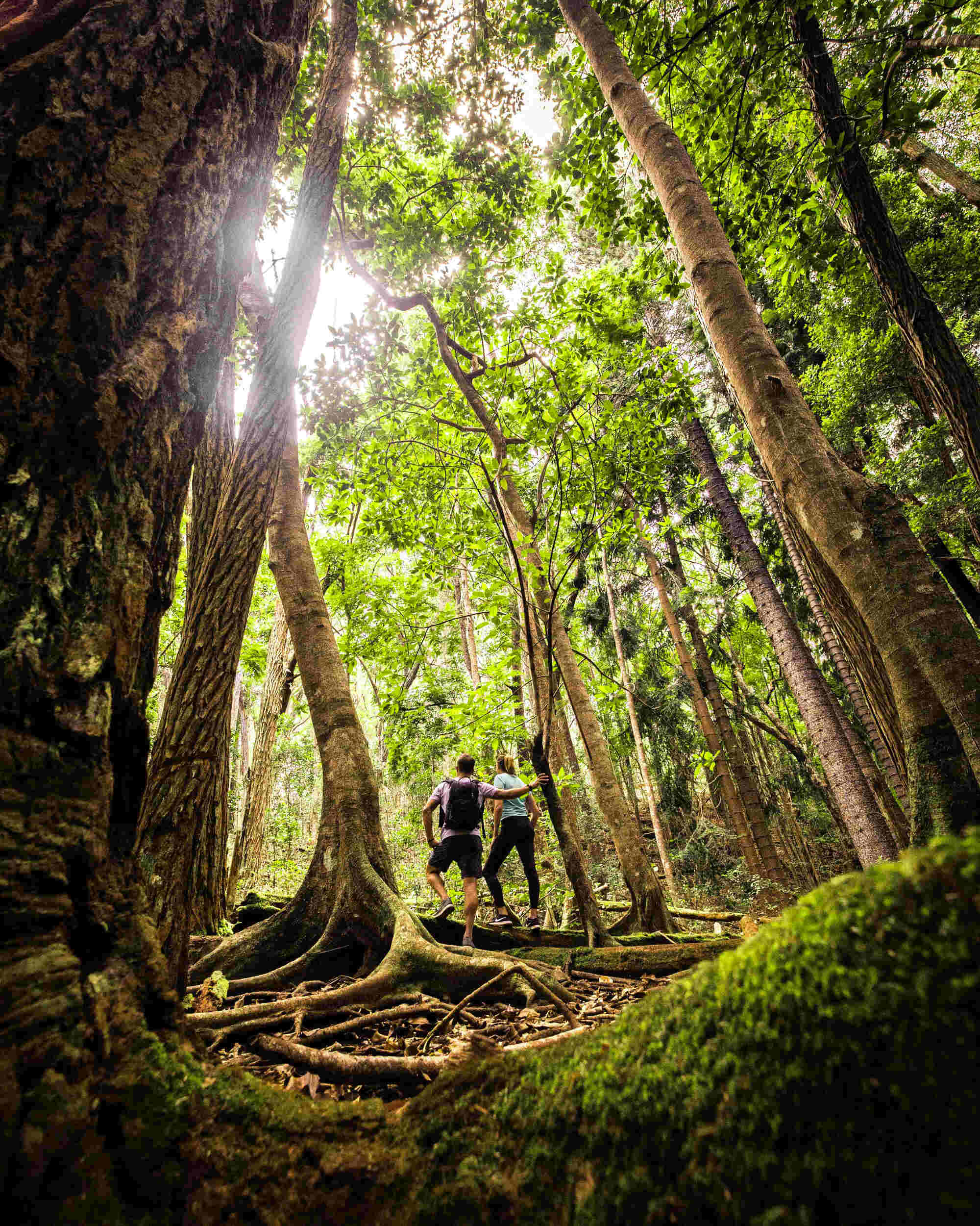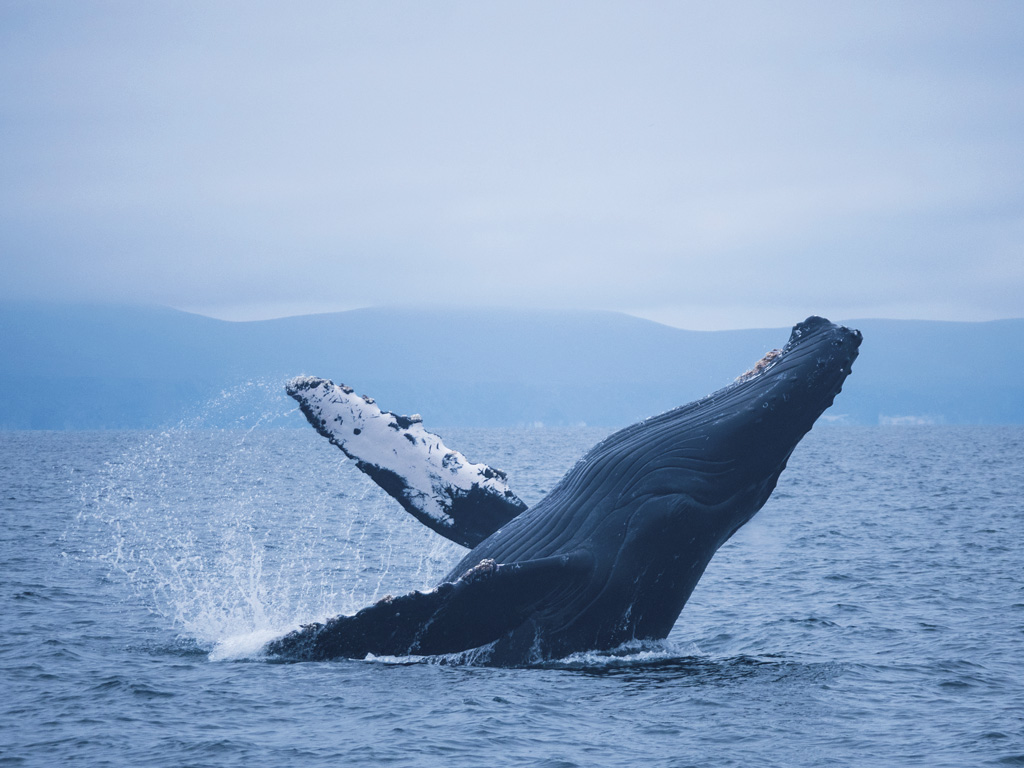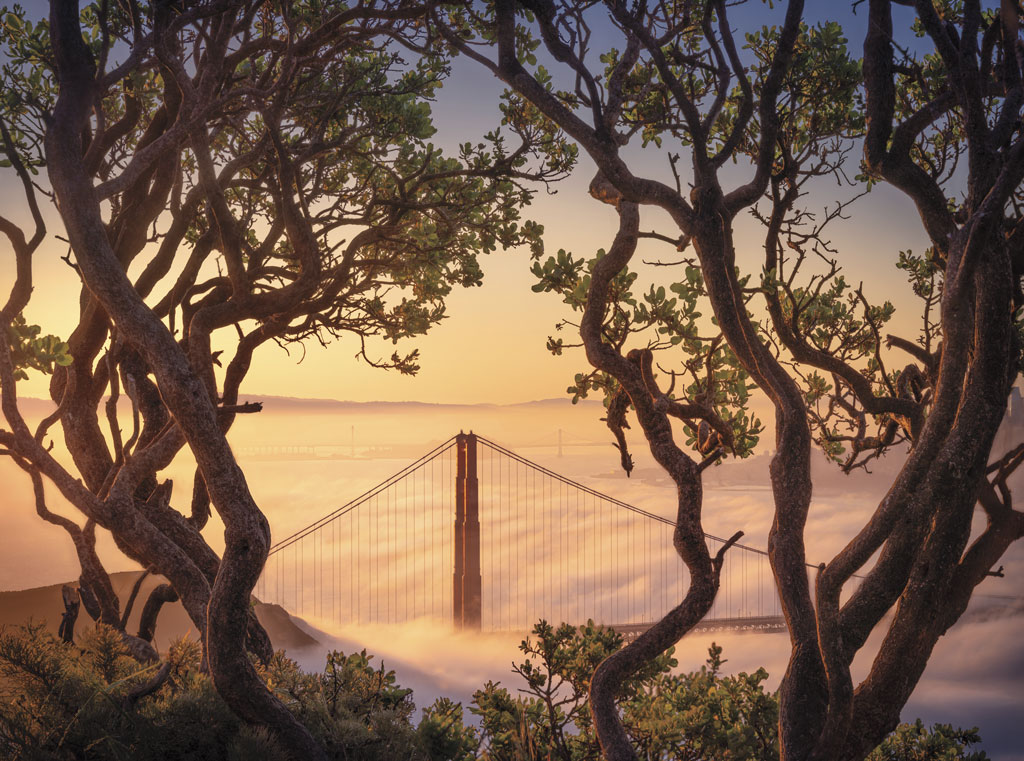Destinations
Discover Hawaii’s Wild Side With These Adventurous Excursions
 Mauna Lani, Auberge Resorts Collection (Photo courtesy of Mauna Lani, Auberge Resorts Collection)
Mauna Lani, Auberge Resorts Collection (Photo courtesy of Mauna Lani, Auberge Resorts Collection)The Hawaiian Islands are revered for soft, sandy beaches, warm azure waters and beautiful sunsets, but the idyllic honeymoon destination has, shall we say, an edgier side. On top of a “hot spot,” the six major islands were formed one after the other as the Pacific Plate slid over a plume of magma puncturing Earth’s crust. Because of their significant rise out of the depths of the ocean, the islands offer some of the United States’ most diverse and dramatic landscapes — which include 11 of the world’s 13 climate zones — and environments as varied as dry desert and snowcapped mountains. Travelers who venture off the beaten path will no doubt experience adventure and gain a deeper understanding of the archipelago. Here are three of the most geographically diverse islands, their must-see natural wonders and where to stay nearby, including new and newly renovated properties inspired by their surroundings.
Big Island of Hawaii
Formed around half a million years ago, the island of Hawaii, better known as the Big Island, is the youngest and most volcanically active Hawaiian island. The archipelago’s only active volcanoes, Mauna Loa and Kilauea, are in Hawaii Volcanoes National Park. Mauna Loa last erupted at the end of 2022, spewing fast-moving, bright orange lava, but the danger has ended for now; it’s once again open to the public. Head to Kilauea Visitor Center, where rangers provide up-to-date information on volcanic activity and park maps. Visitors can see steam vents, discover underground lava tubes, hike trails and bicycle through the rainforest. The park’s wooden Volcano House hotel (from $285 per night) dates to 1866 and has hosted the likes of Mark Twain. Tidy guest rooms with rustic furnishings have views of the Kilauea and Halemaumau craters.
Two hours away in Kona, the PACIFIC 19 Kona (from $299 per night) opened in April with a design that brings the outside in, featuring native plants and natural materials. The 122-room hotel — on the 19th parallel — has an open-air lobby anchored by a reception table made from reclaimed monkeypod and complemented by lush planters and teak slat walls. Guest rooms reflect the Kailua-Kona landscape with a palette of sandy taupe, palm green, black lava and snowy white.
On the Kona Coast, Kona Village, A Rosewood Resort (from $2,500 per night), will open this summer on 81 geologically rich acres overlooking the ocean. The resort’s 150 secluded stand-alone suites are inspired by traditional Polynesian architecture. Originally built in the ’60s, Kona Village was known as a destination that celebrated coastal beauty and Hawaiian culture. In addition to exploring natural lagoons and pristine beaches, guests will also be able to go on a walking tour to view the property’s ancient petroglyphs.
The dormant volcano Mauna Kea, which means the White Mountain, is the world’s tallest mountain when measured from the ocean floor (it’s almost 3,000 feet taller than Mount Everest). Low humidity, clear skies and almost no light pollution contribute to legendary stargazing — it’s possible to see all the Northern Hemisphere stars and many Southern Hemisphere stars, too. A stargazing tour with a guiding company like Hawaii Forest & Trail includes a hike above the clouds in time to watch sunset followed by a stargazing session. About an hour away in Waimea, the Mauna Lani, Auberge Resorts Collection (from $999 per night) underwent a $200 million revamp that was completed in 2020, including renovated accommodations and new amenities. The property once frequented by Hawaiian royalty has fishponds, lawns and a white sand beach.
Oahu
You don’t have to go to the Hawaiian Islands’ most remote corners to experience its natural wonders. On Oahu, popular Waikiki Beach is backed by postcard-perfect Diamond Head, Hawaii’s most well-known volcanic formation. On the dormant volcano — once a military base — there is a short but rewarding 1.6-mile out-and-back hike and a sweeping panoramic view of Oahu.
On the mellower Diamond Head end of Waikiki Beach, the new Twin Fin hotel (from $195 per night) opened following a multimillion-dollar renovation in November 2022 and is walking distance to the trailhead and other attractions like the Honolulu Zoo and Waikiki aquarium. The midcentury hotel — which sports geometric art and pops of orange and teal — also has HD cameras in the lobby that stream real-time surf conditions so guests can catch the perfect wave.
Oahu also has two major mountain ranges, including the Koolau Range, featuring cliff faces that run parallel to Oahu’s Windward Coast for about 30 miles. To experience the lush landscape where green hillsides drip with multiple waterfalls after it rains, rent a car and drive north from Kailua town on the two-lane Kamehameha Highway. Sights include the tiny island of Mokolii and the family-owned ranch and valley featured in Jurassic Park and Lost. The highway eventually meanders to Oahu’s North Shore, which has some of the best big wave surfing in the world. Beloved for its local feel, the North Shore has next to no hotels except for the luxe Turtle Bay Resort (from $729 per night). Following a recent renovation, the 1,300-acre property — with beaches, gardens and forests dedicated to wildlife conservation — now has a more organic ’70s inspired look and new wellness programs. Guests can go on a bird-watching tour, led by a local wildlife expert, where rare indigenous species such as the endangered Laysan albatross can be seen.
Lanai
The lesser-known island of Lanai doesn’t have a single traffic light. Accessible via a short flight from Honolulu or hour long ferry from Maui’s Lahaina Harbor, it offers wild and rugged natural beauty, ranging from a lunar-like landscape to a deep valley revered by the ancient Lanai people. Ninety-eight percent of the island, which is peppered with pine trees, is privately owned and has remained largely undeveloped as a result.
From Lanai City, it takes 45 minutes to drive to the Fire of Kawelo at the end of a dirt road. The rock garden featuring rock towers, spires and formations formed by years of erosion resembles Colorado’s Garden of the Gods. At sunset, the light from the setting sun turns the rocks fiery red and purple.
The five-mile-long Koloiki Ridge Trail passes through thick forests and along a narrow ridgeline with views of Molokai, Maui and the Maunalei ravine. According to local lore, the goddess Pele used to descend into the valley to adorn herself in a lei of rare mountain flowers and bathe in the cool waters.
There are only two luxury hotels on Lanai, the A-lister beloved Four Seasons Resort Lanai (from $1,500) on the beach and the wellness-centric sister property in the uplands, Sensei Lanai, A Four Seasons Resort (from $880 per night). From Four Seasons Resort Lanai, which has ocean- and garden-view suites with private lanais and a Nobu restaurant, visitors can walk to tide pools and along the cliff’s edge to catch a view of Sweetheart Rock, a sea stack steeped in Hawaiian folklore, or better yet catch an evening catamaran trip to see the sun set behind the 80-foot-tall rock, which legend has it is the tomb of a Hawaiian princess.
Formerly called the Lodge at Koele, today’s Sensei Lanai has a rustic horse ranch, where guests of both Four Seasons properties can go on excursions through wooded hills, riding past herds of axis deer and mouflon sheep. The resort also has cutting-edge spa treatments — like a massage where practitioners use thermal body mapping technology to reveal tightness and possible areas of pain — in traditional Hawaiian houses, or hales (pronounced HAH-leh). The private sanctuaries have sleek Japanese-inspired design and floor-to-ceiling glass sliding doors that lead to hot and cold pools built into the rocks. Grounding forest bathing sessions beneath a 200-year-old Indian banyan tree, led by a former National Park Service ranger who grew up on Lanai, give guests new appreciation for Hawaii’s sacred landscape.










